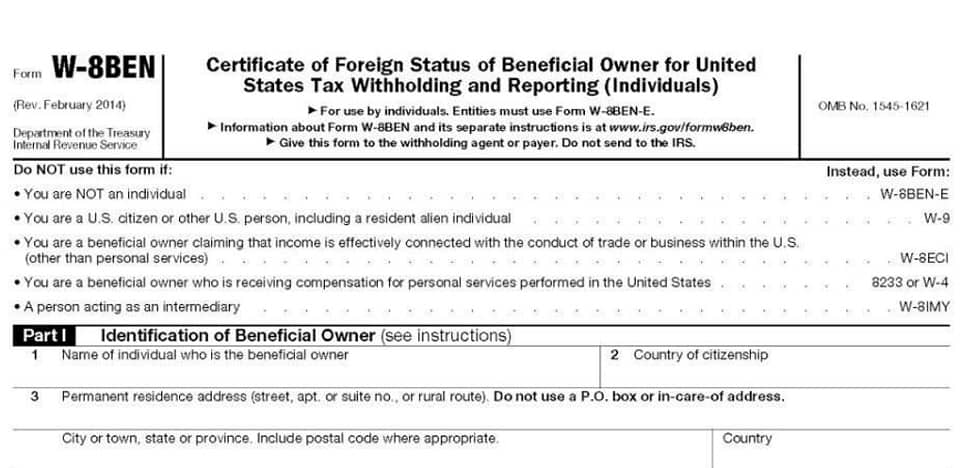Bookkeeping
What is DSO and How Do You Reduce it?
![]()
Companies can expect, with relative certainty, that they will be paid their outstanding receivables. But because of the time value of money principle, time spent waiting to be paid is money lost. To calculate your DSO for a given period (a single month for instance) you’ll need to know your total receivables and total net credit sales. To determine your net credit sales, take your total sales made on credit terms and subtract any returns or sales allowances.
But, depending on the type of business and the financial structure it maintains, a company with a large capitalization may not view a DSO of 60 as a serious issue. When using DSO to compare the cash flows of a number of companies, you should compare companies within the same industry, with similar business models and revenue numbers. If you try to compare companies in different industries and of different sizes, the results you’ll get will be misleading because they often have very different DSO benchmarks and targets. As a metric attempting to gauge the efficiency of a business, days sales outstanding comes with a limitation that is important for any investor to consider.
What Is Days Sales Outstanding (DSO)?
To calculate DSO, divide the total accounts receivable for a given period by the total credit sales for the same period, and multiply the result by the number of days in the period. Process mining can have a tangible impact on improving your DSO, shortening the period between invoice and payment. With the ability to visualize and optimize accounts receivable processes, you can pinpoint and address any areas of friction or inefficiency that add days to your DSO.

The industries with the highest Days Sales Outstanding (DSO) were Engineering & Construction and Energy Services & Equipment, with DSOs of 100 and 82 days, respectively. Access and download collection of free Templates to help power your productivity and performance. All content on this website, including dictionary, thesaurus, literature, geography, and other reference data is for informational purposes only. This information should not be considered complete, up to date, and is not intended to be used in place of a visit, consultation, or advice of a legal, medical, or any other professional.
How to Interpret DSO Correctly
Days sales outstanding or DSO is a crucial business metric and a KPI all accounts receivable teams should be tracking. It’s a measure of the average time (in days) companies take to collect payment for goods and services bought on credit over a given dso meaning period. The lower your days sales outstanding ratio, the faster invoices are converted to money in the bank. Consider factors such as payment processing times, customer creditworthiness, and the efficiency of your invoicing and collections processes.
Lies of P PC Performance Analysis – DSOGaming
Lies of P PC Performance Analysis.
Posted: Mon, 18 Sep 2023 07:00:00 GMT [source]
Bad debts are money owed by customers that are very unlikely to be collected by the company. Having high bad debts will heavily impact the company’s future performance, so you might want to look out for them. The speed at which a company can collect its money plays a huge part in its operation. In particular, it can tell us how effective the company is managing its working capital. Days sales outstanding, or DSO, is a measure of how quickly a company can collect its money from its customers.
The Critical Role of DSO in Business Finance
This requires the gross turnover from sales and the amount of receivables from each month. If your team is looking to shorten your DSO and get paid faster, AR automation may be able to help. Try out our AR Automation ROI Calculator to see how much money your team can save by automating your receivables management. You should strive for a balanced DSO that supports cash flow without sacrificing customer satisfaction. B2B customers also increasingly prefer to pay online as it’s more convenient.

It could be an indication that customer satisfaction is low and as a result, customers are taking their time to pay you. In that case, your sales team is likely extending credit to customers they shouldn’t. Bad debt occurs when customers can’t pay their dues, and this ratio measures the amount of money a company needs to write off as a bad debt expense compared to its net sales. If this ratio increases over time, it suggests weak credit policies and management. A low DSO suggests a business collects its debt within its payment time and has prompt-paying customers.
Bill Detwiler is Senior Communications Strategist and Editor of the Celonis blog. He is the former Editor in Chief of TechRepublic, where he hosted the Dynamic Developer podcast and Cracking Open, CNET’s popular online show. Bill is an award-winning journalist, who’s covered the tech industry for more than two decades.
- Bill is an award-winning journalist, who’s covered the tech industry for more than two decades.
- Since days sales outstanding (DSO) is the number of days it takes to collect due cash payments from customers who paid on credit, a lower DSO is preferred to a higher DSO.
- On the other hand, if a company’s days sales outstanding (DSO) is decreasing, the downward trend is a positive sign suggesting the company is more efficient at cash collection (and thus has more cash).
- Either way, a higher DSO is a definite choke on the influx of capital to the organization.
- However, by comparing a company’s DSO with other companies in the same sector, it may be possible to draw some conclusions about the company’s cash flow and working capital performance.
